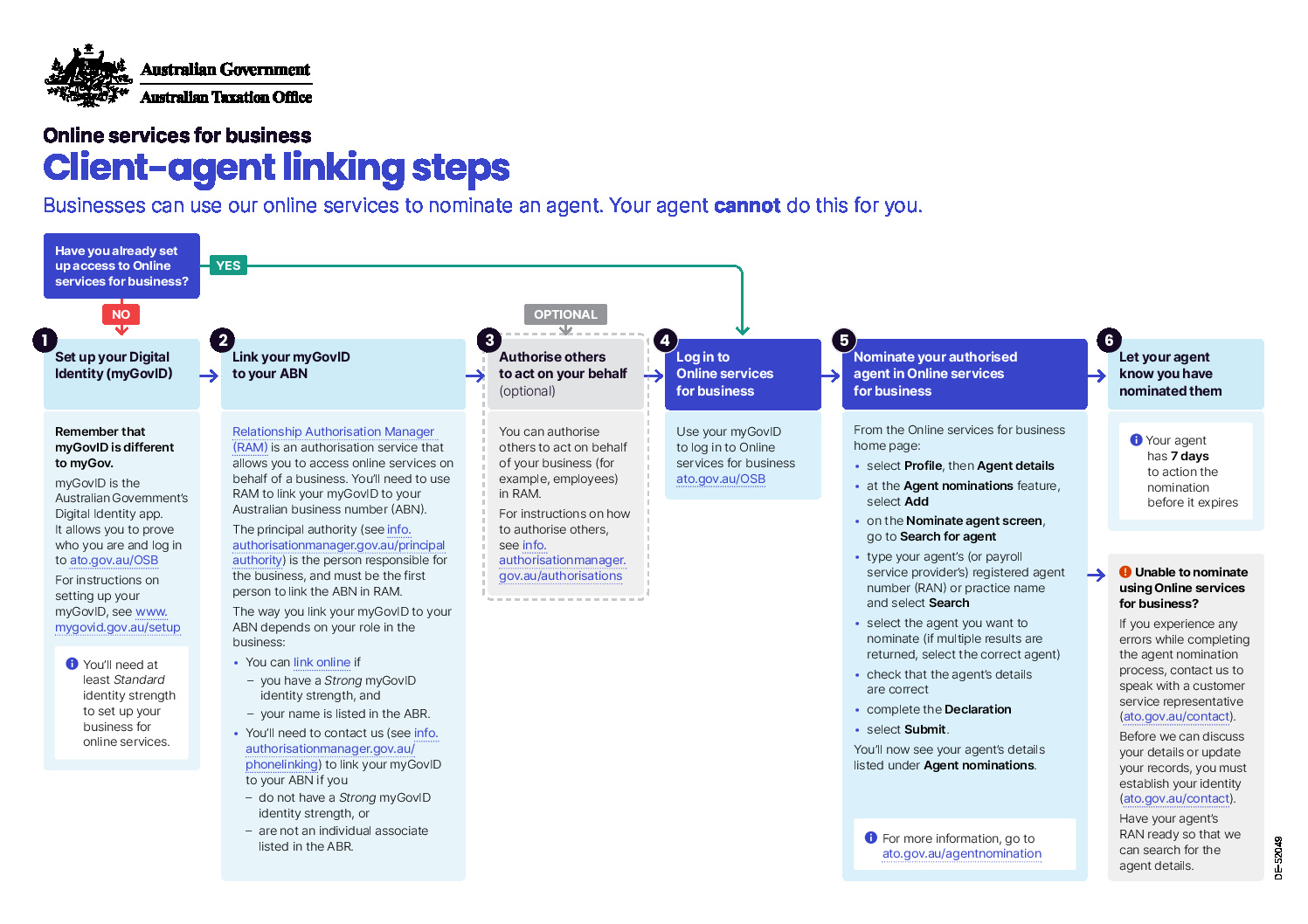A question we often get asked is whether children – either minors or adults – should be included as members of your SMSF. In this article we run through key things to thinking about before adding children to your SMSF including some common situations where it can go horribly wrong, and the few occasions when you may be able to make it work.
Benefits of adding children to your SMSF
Firstly, let’s start with the positive. SMSFs are fantastic vehicles for building wealth and when operated correctly can boost the financial literacy of all members regardless of age and you can have up to four members in an SMSF – so why not take advantage of it?
I’ve seen a handful of situations where introducing teenagers to an SMSF when they commence work (and receiving small amounts of super) has been a catalyst for those younger members to get actively involved involved in the investment of their super savings. Simply by having engagement with their super at an earlier age these members will already be ahead of the majority of the population when it comes to savings and wealth creation and should spark them to have a greater financial interest in not just their super, but the entirety of their wealth.
SMSF investment strategies are key
To correctly introduce younger members to a ‘family’ SMSF, it is important that their benefits are segregated from the assets of their parents within the fund. This should be done through the use of separate bank and investment accounts, and the SMSF accountant or administrator must have the skills and systems to handle segregated investments without incurring significant additional administration costs.
It is also important to note minors are under a legal disability and cannot act as trustee of an SMSF or as a director of the SMSF trustee company. Their parents will need to act on their behalf until they turn 18.
Only add suitable adult children to your SMSF
Every family is different, and every child within a family is different. The trick is to ensure that only the right type of person is invited into the family super fund. If an adult child is not good with managing their own personal finances, then chances are they will not work well within an SMSF environment are would be better staying with a retail or industry fund.
Another motivating factor for inviting children into an SMSF is to enable the inter-generational transfer or family assets – such as a farm or a property used in the family business. Although these strategies are possible, they need to be structured and handled correctly.
In most cases I would recommend that family business (real) property is purchased in a fixed unit trust, with the SMSF owning 100% of the units. This enables flexibility in the future if the ownership needs to be split across different SMSFs or enable the SMSF to purchase the property directly from the unit trust using an LRBA.
The above are some scenarios where including children may work. Now let’s have a look at the (longer) list of scenarios where things can go wrong. Horribly wrong:
Risks of adding children to your SMSF
Making children members and trustees of your SMSF puts them in a situation where they have access to the resources of the fund. This access had tragic consequences in the Triway Superannuation Fund which was established with three members: Mum, Dad and Son, where the son had a drug addiction and withdrew virtually all the monies of the SMSF. This left the parents with a non-complying SMSF and no super.
Although the Triway case is an extreme scenario, it does demonstrate the potential risk of inviting additional members into your SMSF.
Relationship breakdown with SMSF members
Nothing is beyond the reach of the family court – including the family super fund. This means that even if the de facto of your child is not a member of your SMSF, they still may have access to some of your SMSF monies in the case of divorce.
Imaging having to sell the property where the family business runs from to free up cash to pay out your child’s ex-partner. At the very least it would make for an awkward family BBQ, at the worst it could significant destabilise a family ’empire’.
Control of SMSF with children upon members death
When it comes to estate planning and SMSFs, who has control is going is probably the most important factor when ensuring the wishes of the deceased member are carried out correctly.
In the case of Katz v Grossman a father and daughter where members and trustees of the SMSF. The father completed a non-binding nomination requesting the trustee to split his super balance 50/50 to his daughter and son. The son was not a member or trustee of the SMSF at the time of his death, so the daughter appointed her husband and proceeded to pay 100% of her father’s benefits to herself. The Court found in her favour – as trustee her (and her husband) had discretion as the nomination was not binding on the trustee.
Even if the nomination was binding, the fact that the daughter was in control of the SMSF could have caused a protracted and costly legal battle between the beneficiaries. Lesson here is to think through who would be in control when it comes to death or loss of capacity.
Adding children to an SMSF conclusion
In general, I do not recommend adult children become part of your SMSF. Their needs, motivations and family situation are likely very different to your own. These differences will create friction.
If your children want to join an SMSF, I recommend that they establish their own.
Please take the time to look at other SMSF and superannuation related articles on our blog.
Another great strategy to increase your legacy and give a little extra to an adult child is to implement a re-contribution strategy which will save adult children beneficiaries













